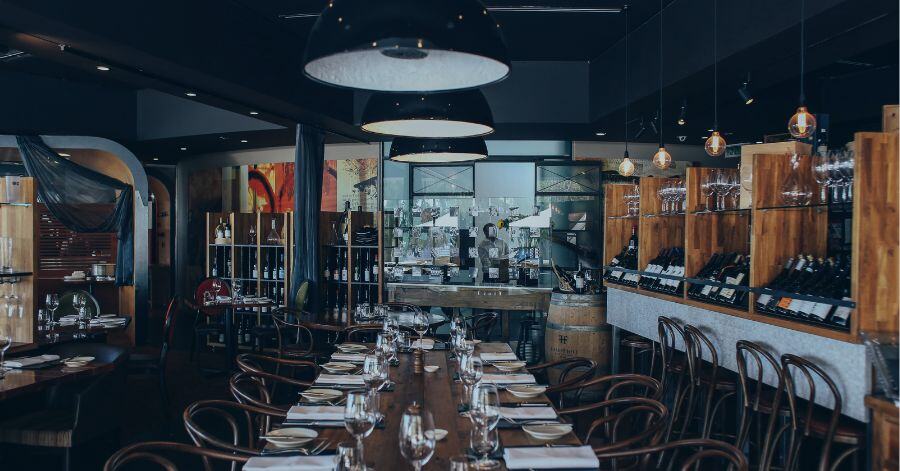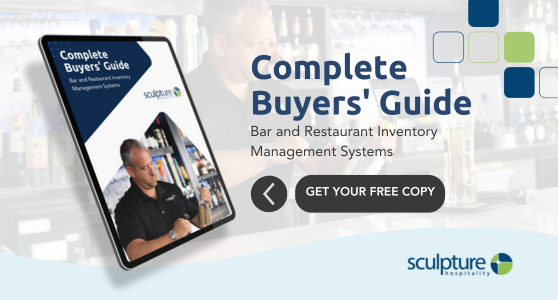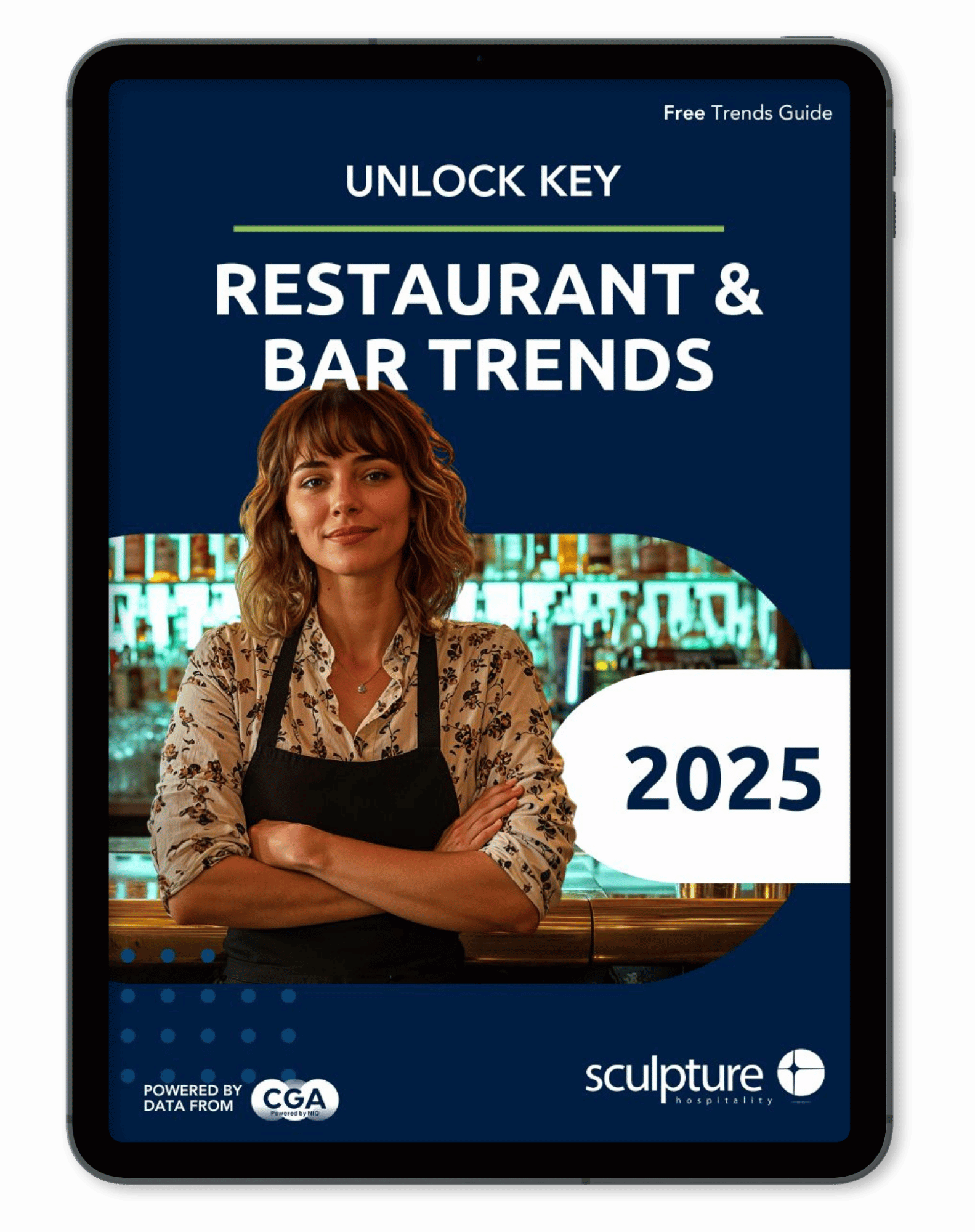So, you're in the restaurant biz, slinging delicious dishes and mixing up killer cocktails. But conquering taste buds isn’t enough. You're a business after all, and increasing profitability and beating the competition is critical.
That’s why restaurant benchmarking should be a vital component of your financial process.
Benchmarking is all about measuring your restaurant's performance against industry standards and your own historical data. It's like taking a peek at the neighbouring kitchen to see what they're cooking up (metaphorically speaking, of course).
By tracking key metrics, you can identify areas for improvement, optimize your operations, and ultimately, turn your restaurant into a profit powerhouse.
Here are nine essential restaurant metrics to measure and some tips on how to calculate them:
1. Revenue Per Seat (RevPAR)
Think of this as your "seat's share" of the total revenue. It tells you how much money each seat in your restaurant generates.
How to Calculate RevPAR: Divide your total revenue for a specific period (day, week, month) by the number of seats in your restaurant.
For Example: If your restaurant has 50 seats and generates $5,000 in revenue on a Saturday night, your RevPAR would be $100 ($5,000 total revenue / 50 seats).
2. Cost of Goods Sold (COGS)
This metric tracks the direct costs associated with the food you serve. Understanding your COGS is crucial for setting menu prices and ensuring the dishes and drinks you sell are profitable.
To calculate this effectively, it’s critical you have a robust inventory process in place, and the use of restaurant inventory software can help your business speed up inventory counts and improve inventory data accuracy.
How to Calculate COGS: Take the beginning inventory value of your food, add all your purchases throughout the period, and then subtract the ending inventory value. This gives you the total cost of goods available for sale. Divide this number by your total food sales for the same period, and multiply by 100 to express it as a percentage.
For Example: Let's say your restaurant has a beginning inventory value of $1,000, purchases $4,000 worth of food during the week, and has an ending inventory value of $500. Your COGS would be: ($1,000 + $4,000) - $500 = $4,500. If your total food sales for the week were $10,000, your COGS percentage would be (4,500 / 10,000) x 100 = 45%.
3. Sales Per Square Foot
This metric reveals how effectively you're utilizing your restaurant's space. The higher the sales per square foot, the more revenue you're generating from your available space.
How to Calculate Sales Per Square Foot: Divide your total revenue for a specific period by the total square footage of your restaurant.
For Example: If your restaurant is 2,000 square feet and generates $20,000 in revenue for a week, your sales per square foot would be $10 ($20,000 total revenue / 2,000 sq ft).
4. Table Turnover Rate
This metric measures how efficiently you're turning over your tables, essentially how many times a table is used by different customers in a given period. A higher turnover rate generally indicates stronger revenue potential.
How to Calculate Table Turnover Rate: Divide your total number of covers (customers served) for a specific period by the number of seats in your restaurant.
For Example: If your restaurant has 50 seats and you serve 200 customers during a lunch rush, your table turnover rate would be 4 (200 covers / 50 seats).
5. Food Cost Percentage
This is a crucial metric that shows how much of your food sales go towards the actual cost of the ingredients. A lower food cost percentage indicates better control over your food expenses.
How to Calculate Food Cost Percentage: Divide your cost of goods sold (COGS) by your total food sales for the same period, and multiply by 100 to express it as a percentage.
For Example: Referencing our COGS example above (45%), your food cost percentage would be 45%. Generally, industry standards suggest aiming for a food cost percentage between 20% and 30%.
6. Inventory Turnover Ratio
This metric tracks how efficiently you're managing your food inventory. A higher inventory turnover ratio indicates you're selling through your stock quickly, minimizing waste and keeping your money flowing.
How to Calculate Inventory Turnover Ratio: Divide the cost of goods sold (COGS) by the average inventory value for the period.
For Example: Let's say your COGS for the month was $10,000 and your average inventory value throughout the month was $2,000. Your inventory turnover ratio would be 5 ($10,000 COGS / $2,000 avg. inventory). A higher ratio (like 5 in this example) suggests you're efficiently managing your inventory.
Interested in learning more? Read our blog, What is the Average Inventory Turnover Ratio for Restaurant Food?
7. Prime Cost
This metric takes things a step further than COGS, considering not just the cost of food, but also the direct labour costs associated with preparing it. Tracking your prime cost helps you understand your overall food production expenses.
How to Calculate Prime Cost: Add your cost of goods sold (COGS) to your direct labour costs for the same period. Divide this sum by your total food sales for the period, and multiply by 100 to express it as a percentage.
For Example: Let's say your COGS were $10,000 and your direct labour costs for the month were $5,000. If your total food sales were $20,000, your prime cost percentage would be 75% (($10,000 COGS + $5,000 labor) / $20,000 total sales) x 100. Industry benchmarks suggest aiming for a prime cost percentage between 60% and 75%.
8. Profit Margin
This is the holy grail of restaurant metrics – the percentage of your revenue that remains after accounting for all expenses. A healthy profit margin is the ultimate sign of a successful restaurant.
How to Calculate Profit Margin: Subtract your total operating expenses from your total revenue for the period. Divide this number by your total revenue and multiply by 100 to express it as a percentage.
For Example: Let's say your total revenue for the month was $50,000 and your total operating expenses (including COGS, labour, rent, utilities, etc.) were $35,000. Your profit margin would be 30% (($50,000 revenue - $35,000 expenses) / $50,000 revenue) x 100.
Want tips to boost your profit margin? Read our blog, 5 Ways to Boost Your Restaurant Profit Margin.
9. Labour Cost
This metric tracks the percentage of your total revenue that goes towards employee wages and benefits. Managing your labour costs effectively is crucial for profitability.
How to Calculate Labor Cost: Divide your total labor costs for the period by your total revenue for the same period, and multiply by 100 to express it as a percentage.
For Example: Let's say your total labour costs for the month were $15,000 and your total revenue was $50,000. Your labour cost percentage would be 30% ($15,000 labor / $50,000 revenue) x 100. Industry benchmarks suggest aiming for a labour cost percentage between 25% and 35%.
Mastering Restaurant Labor Cost: What Percentage Should it Be?
Remember, these are just benchmarks! The ideal range for each metric can vary depending on your restaurant concept, location, and other factors. However, by consistently tracking these metrics and comparing them to industry standards and your own historical data, you can gain valuable insights into your restaurant's performance.
Use this data to identify areas for improvement, optimize your operations, and ultimately, turn your restaurant into a culinary powerhouse that outshines the competition.
Need help gaining the visibility and control of your inventory required to boost profit margins? Sculpture Hoispitality’s team of local inventory management experts, combined with our best-in-class restaurant inventory software, would love to help.







%20-%20blog%20banner.jpg?width=520&height=294&name=Your%20Complete%20List%20of%20Restaurant%20Industry%20Statistics%20(2025)%20-%20blog%20banner.jpg)



